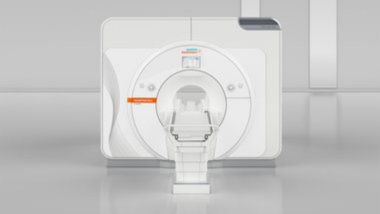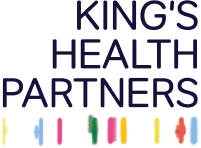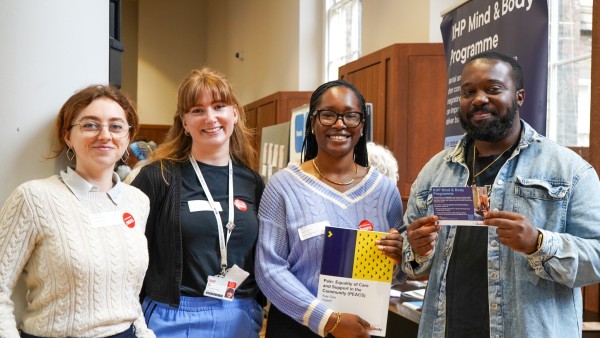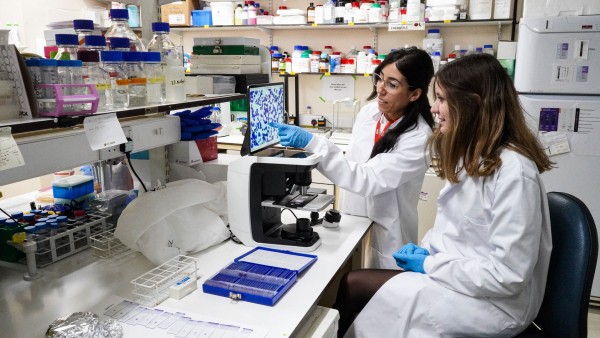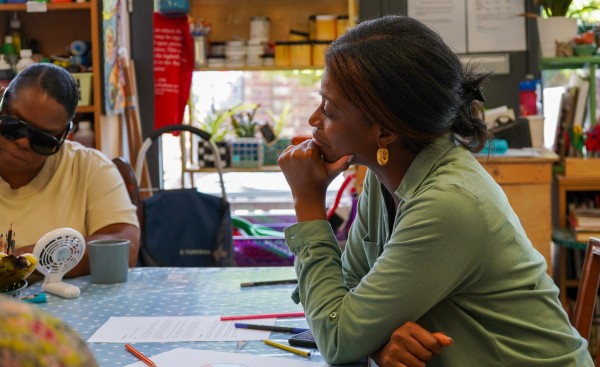18 November 2020
We learn about how the Transforming Outcomes and Health Economics through Imaging Programme is implementing new imaging pathways to improve services and research.
The Transforming Outcomes and Health Economics through Imaging Programme (TOHETI) is a significant King’s Health Partners project, including a £10m investment in new radiology machines funded by Guy’s and St Thomas’ Charity which led to the provision of some of the world’s most advanced imaging technologies at Guy’s and St Thomas’ NHS Foundation Trust.
TOHETI is centred on radiology, but its reach extended to multiple specialties including neurology, orthopaedics, colorectal surgery and cardiology. The vision was bold, but after three years, evaluation showed that the critical success factor all along was relationship building. Successes were built upon forging new relationships. Without this key factor, the high tech and the grand vision would never have been implemented to nearly such a successful extent.
Launched in 2014, TOHETI had an ambitious vision – to transform imaging pathways, ways of working and be at the forefront of new technologies. Here are just some of its achievements:
- winning the ‘Obstetrics and gynaecology’ category in the Health Service Journal (HSJ) Value in Healthcare Awards.
- improving clinical and administrative processes through collaboration with Siemens and the roll-out of Rapid Improvement Events in Clinical Imaging and Medical Physics Directorate.
- using exemplar working with the All-Party Parliamentary Group on Women’s Health, led by MP Paula Sheriff.
- evidencing egalitarian leadership and a person-centred approach to pathway redesign found by King’s College London evaluation of the organisational processes surrounding TOHETI.
- confirming that Magnetic Resonance Imaging (MRI) [pictured above, right], is associated with higher accuracy levels than x-ray when assessing scaphoid (wrist bone) fractures, allowing for quicker and higher proportion of fractures being diagnosed.
- using MRI in the acute setting leading to lower mean average diagnostic and total costs in the management of suspected scaphoid fractures.
- increasing early detection of colon cancer, improving outcomes and delivering cost-saving benefits by using the increased capacity delivered by the TOHETI funded computerised tomography (CT) scanner.
- exploring the views of general practitioners and pharmacists about referring to TOHETI’s early lung cancer screening programme, with the aim of improved information provision to healthcare providers and of overcoming any barriers to referral.
A participant involved in the programme shared:
I think ultimately TOHETI, which is specifically about imaging, is fundamentally about transformation.
Recently, the first TOHETI evaluation paper was accepted for publication with authors Eloise Radcliffe, Maria Kordowicz, Caroline Mak, Guy Shefer, David Armstrong, Patrick White, Mark Ashworth. You can read Lean implementation within healthcare: imaging as fertile ground online. The paper aims to understand the barriers and enablers to lean implementation – maximising value while minimising waste and developing those all-important relationships - as part of an imaging quality improvement programme.
